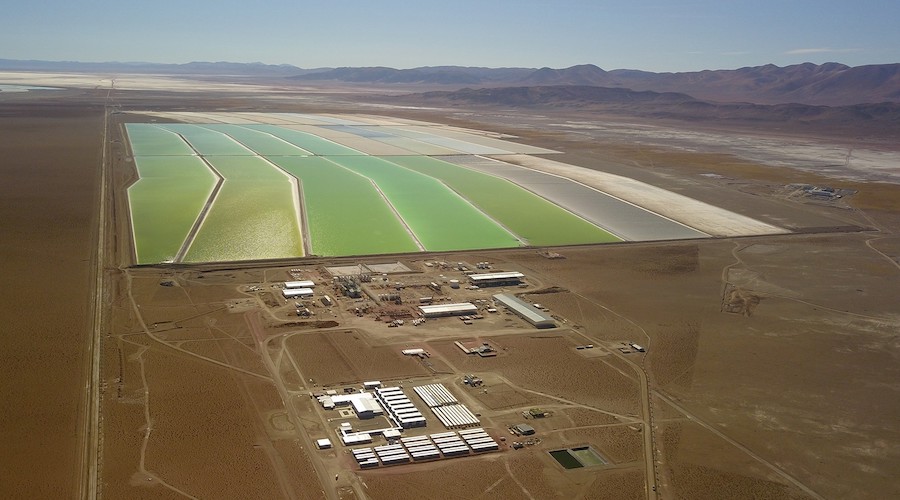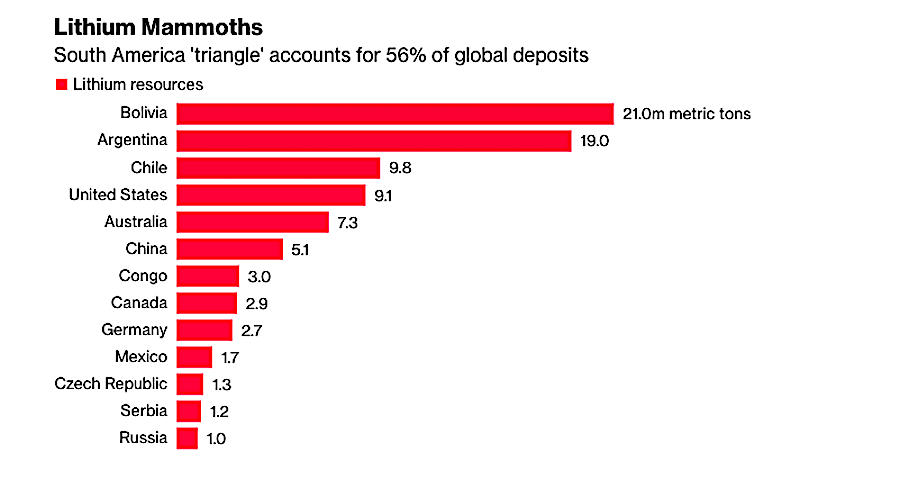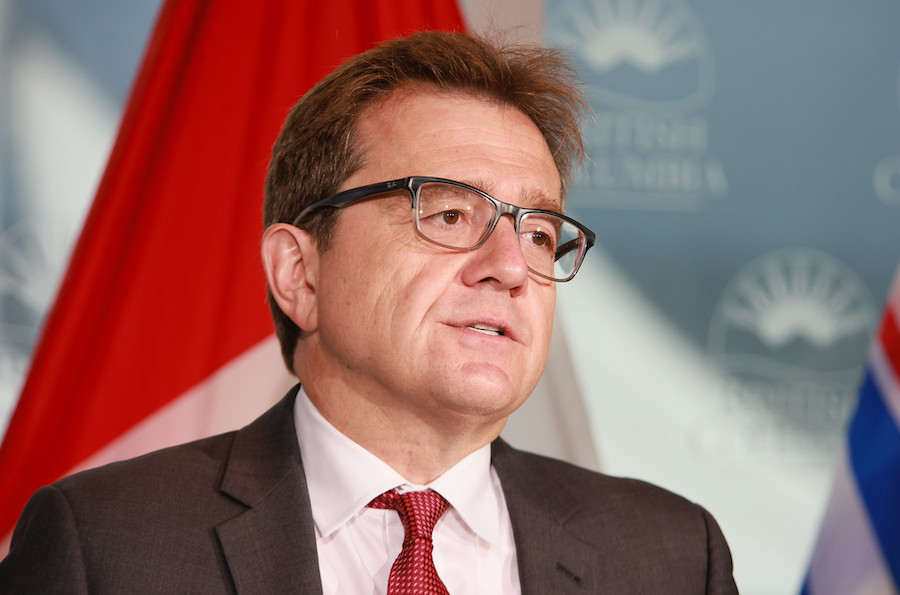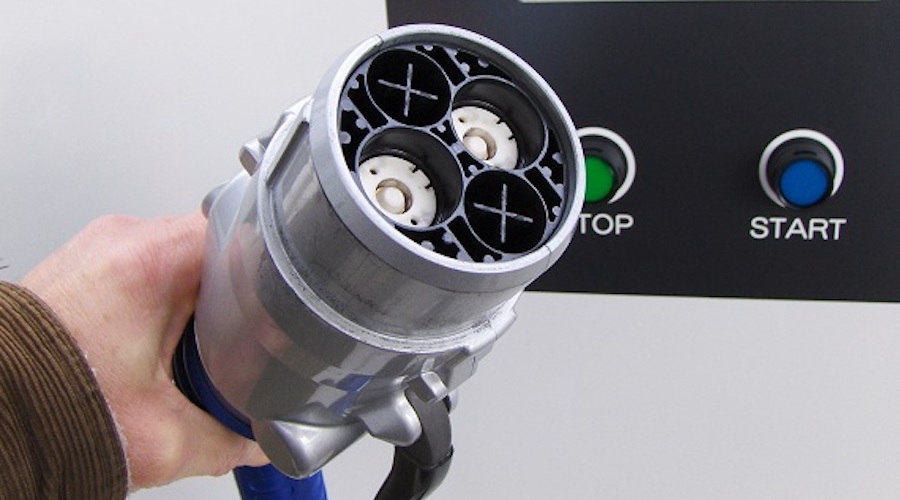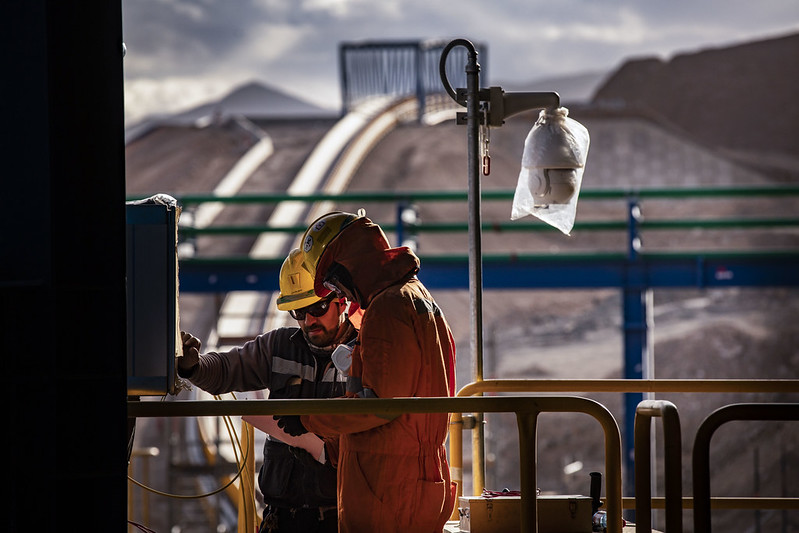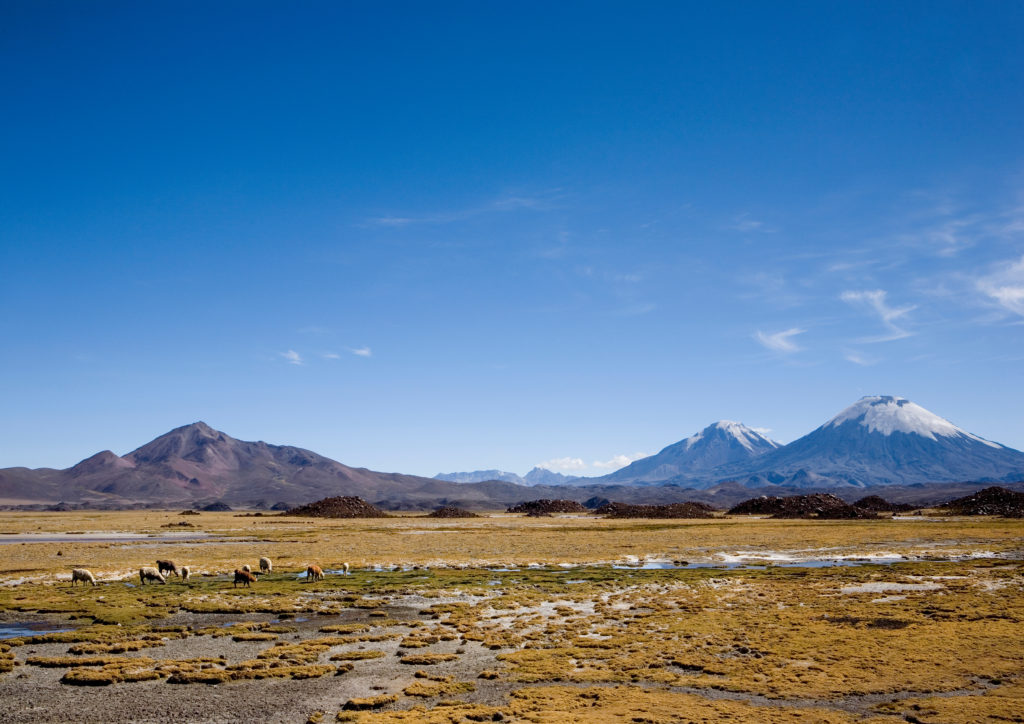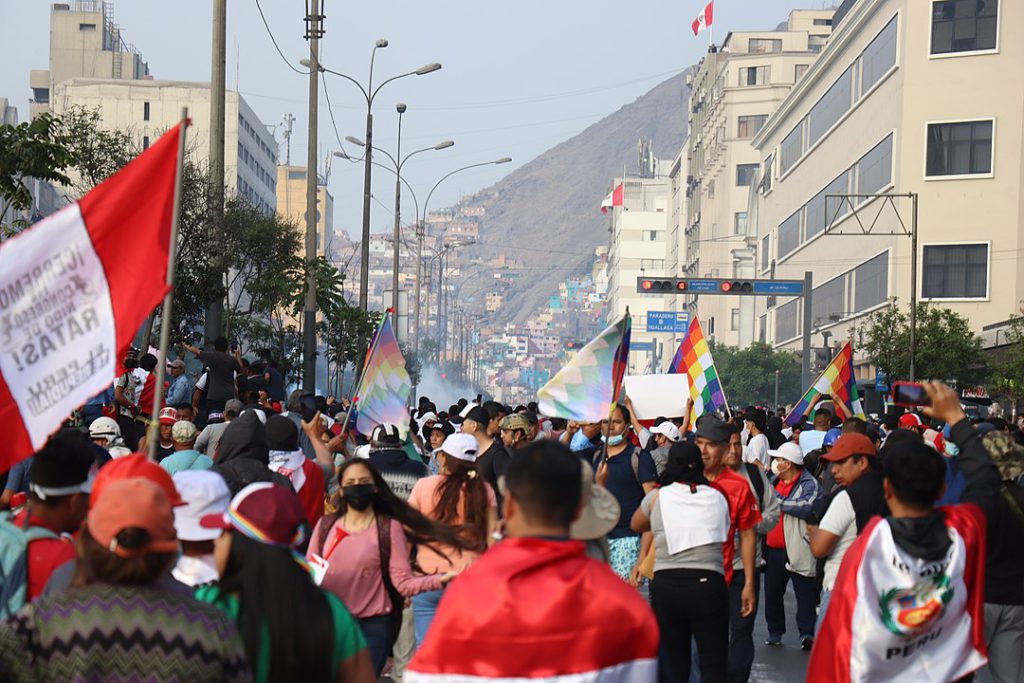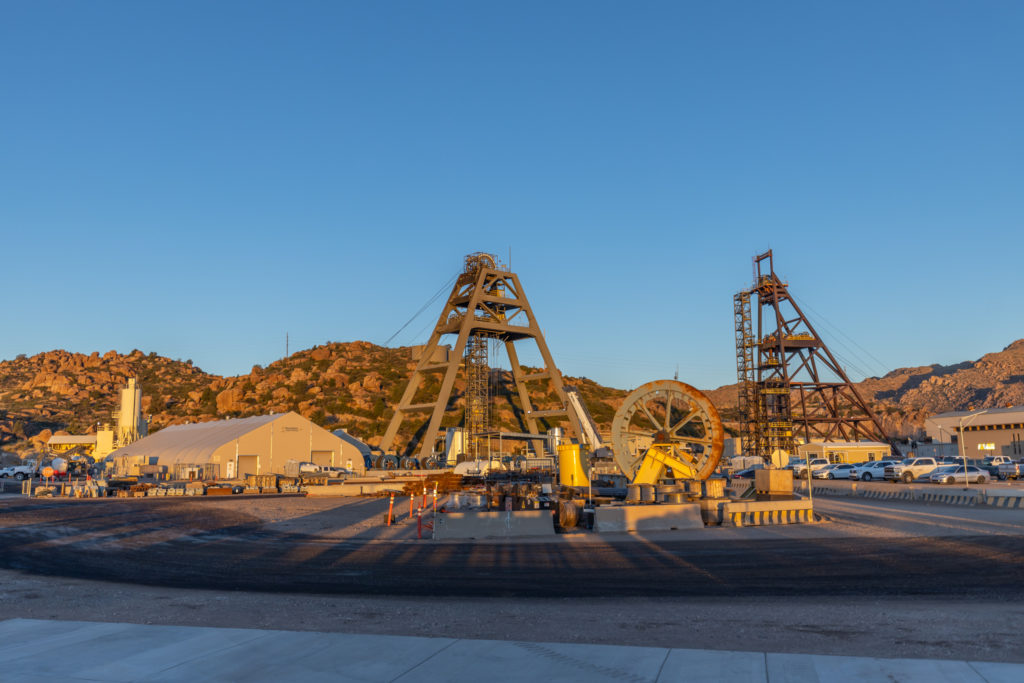21ST CENTURY ALCHEMY
Newly discovered protein supports efficient refining of REEsRARE EARTH ELEMENTS
Staff Writer | March 6, 2023 |
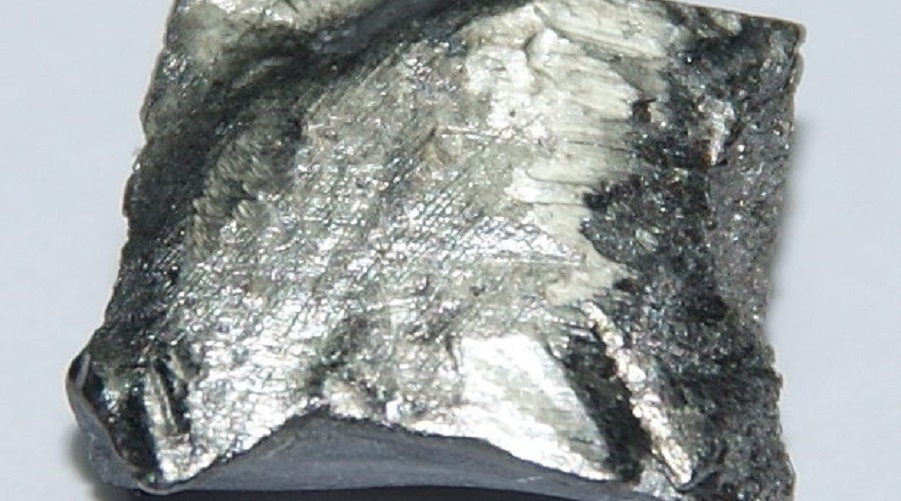
Terbium. (Reference image from Wikimedia Commons).
In a recent paper published in the Journal of Biological Chemistry, researchers at ETH Zurich describe the discovery of lanpepsy, a protein which specifically binds lanthanides – or rare earth elements – and discriminates them from other minerals and metals.

Because of their similarity to other metal ions, the purification of REE from the environment is cumbersome and economical only in a few locations. Knowing this, the scientists decided to explore biological materials with high binding specificity for lanthanides as mechanisms that could offer a way forward.
The first step was to review previous studies that suggest that nature has evolved a variety of proteins or small molecules to scavenge lanthanides. Other research groups have discovered that certain bacteria, methylotrophs that convert methane or methanol, have enzymes that require lanthanides in their active sites. Since the initial discoveries in this field, the identification and characterization of proteins involved in the sensing, uptake, and utilization of lanthanides, has become an emerging field of research.
To identify novel actors in the lanthanome, Jethro Hemmann and Philipp Keller together with collaborators from D-BIOL and the laboratory of Detlef Günther at D-CHAB, studied the lanthanide response of the obligate methylotroph Methylobacillus flagellatus.
By comparing the proteome of cells grown in the presence and absence of lanthanum, they found several proteins not previously related to lanthanide utilization.
Among them was a small protein of unknown function, which the team now named lanpepsy. In vitro characterization of the protein revealed binding sites for lanthanides with high specificity for lanthanum over the chemically similar calcium.
Lanpepsy is able to enrich lanthanides from a solution and thus holds potential for the development of bioinspired processes for the sustainable purification of rare earths.
Staff Writer | March 6, 2023 |

Terbium. (Reference image from Wikimedia Commons).
In a recent paper published in the Journal of Biological Chemistry, researchers at ETH Zurich describe the discovery of lanpepsy, a protein which specifically binds lanthanides – or rare earth elements – and discriminates them from other minerals and metals.

Because of their similarity to other metal ions, the purification of REE from the environment is cumbersome and economical only in a few locations. Knowing this, the scientists decided to explore biological materials with high binding specificity for lanthanides as mechanisms that could offer a way forward.
The first step was to review previous studies that suggest that nature has evolved a variety of proteins or small molecules to scavenge lanthanides. Other research groups have discovered that certain bacteria, methylotrophs that convert methane or methanol, have enzymes that require lanthanides in their active sites. Since the initial discoveries in this field, the identification and characterization of proteins involved in the sensing, uptake, and utilization of lanthanides, has become an emerging field of research.
To identify novel actors in the lanthanome, Jethro Hemmann and Philipp Keller together with collaborators from D-BIOL and the laboratory of Detlef Günther at D-CHAB, studied the lanthanide response of the obligate methylotroph Methylobacillus flagellatus.
By comparing the proteome of cells grown in the presence and absence of lanthanum, they found several proteins not previously related to lanthanide utilization.
Among them was a small protein of unknown function, which the team now named lanpepsy. In vitro characterization of the protein revealed binding sites for lanthanides with high specificity for lanthanum over the chemically similar calcium.
Lanpepsy is able to enrich lanthanides from a solution and thus holds potential for the development of bioinspired processes for the sustainable purification of rare earths.
